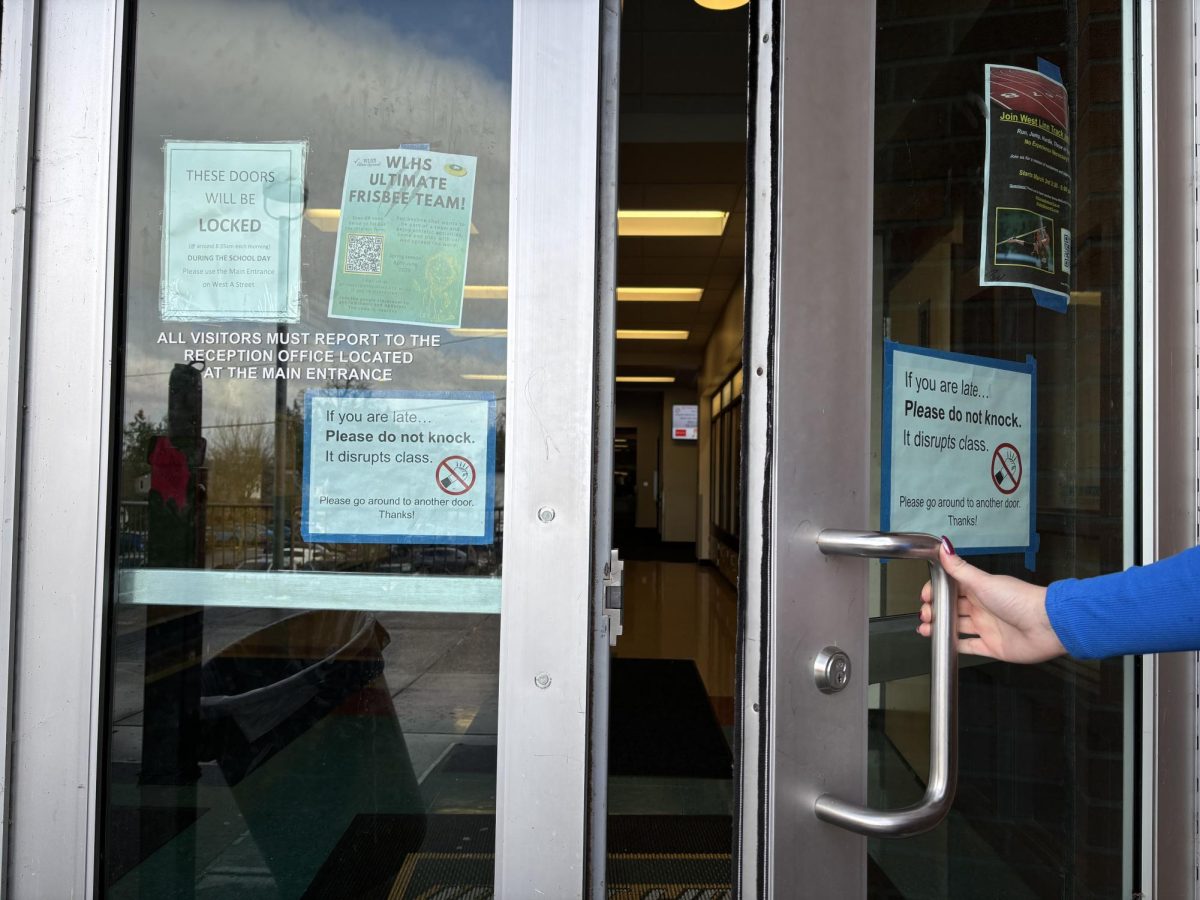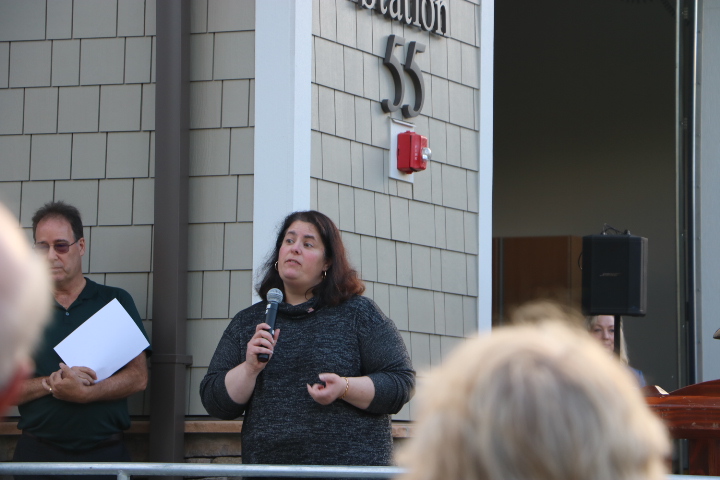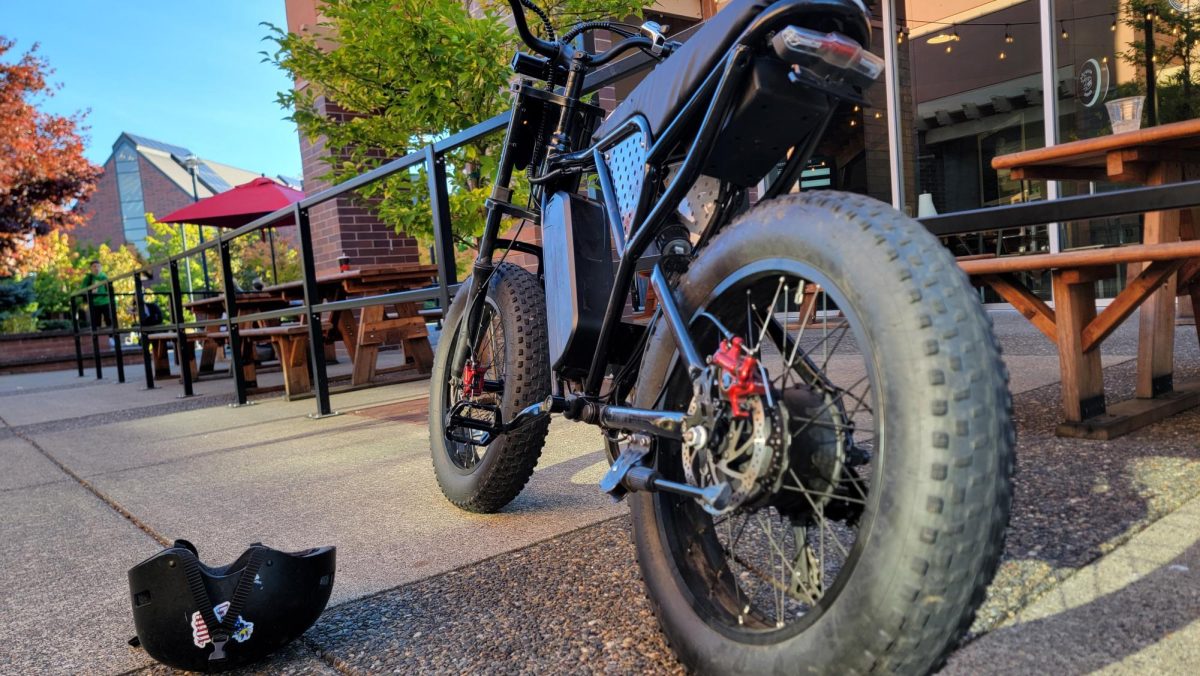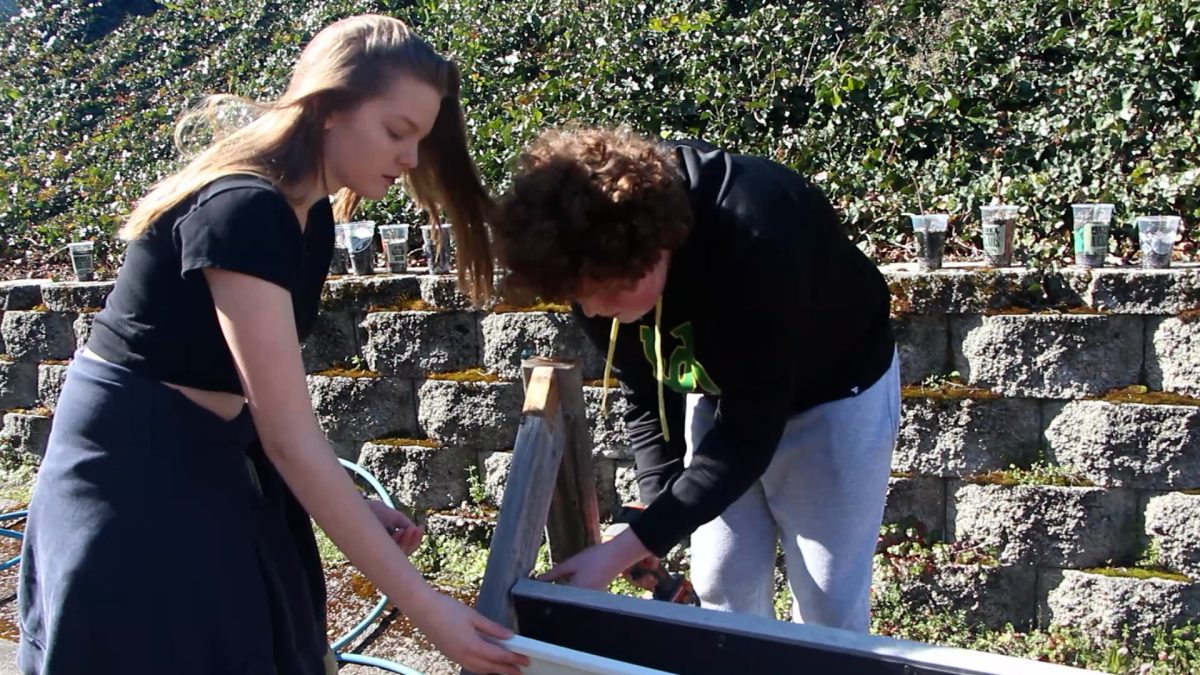At around 4 p.m. on Feb. 24, a storm that hit south Washington and most of Oregon caused multiple power outages, with winds reaching up to 55 mph in some areas.
The counties of Clackamas, Multnomah, Washington, and many others around the state saw power failures. Areas in both the Clackamas and Marion counties received tornado warnings between 5:15 and 6:30 p.m.
Storms are, according to Constellation, the most common reason why power outages occur, with the next most common being car accidents near power lines, which Portland General Electric (PGE), one of the main electrical service providers in the Portland Metro area, had for a time identified as one of the causes of the most recent outage.
When power outages occur, PGE advises its customers to know what steps to take, starting with staying knowledgeable about the situation, making a plan, and even making a supply kit in preparation for an outage.
A rendition of the following information can be found on their website in multiple languages.
Before an outage:
- Stay connected with your electric company, for the Portland Metro area it’s PGE, by looking at outage maps, apps, and alerts.
- Plan ahead of time (if there’s any warning of an event prior):
- Know where to go in case of an outage.
- Make sure pets and livestock can be cared for (food, water, shelter).
- Find your generator and make sure you know how to use it.
- Ensure that there is ample gas to power it or that the proper maintenance has been conducted to ensure it’s in working order.
- Be able to contact emergency services in case of an emergency (radios, alarms, hotspots, satellite connection, etc.).
- Outage Kit:
- Gather supplies in one area or a bag that’s easily accessible with the necessities.
- Oregon.gov recommends that people have enough supplies to last for two weeks.
- Have a steady supply of flashlights, headlamps, and plenty of batteries to power them.
- Hand crank radios, as well as clocks and/or watches, can assist with communication and knowledge of the situation.
- Have chargers compatible with a car so you can charge necessary devices.
- Make sure the car has gas, at least half a tank is recommended.
- Have enough bottled water to support all of the people and animals in the household.
- Five to six one-liter bottles of water are recommended for women per day and seven to eight for men (National Academies).
- Keep a physical copy of emergency phone numbers, whether they be for family or emergency service providers, including the power company.
- Ensure that there are enough pet and medical supplies available. That includes food and water for pets, but also medication and ways to power at-home medical devices.
- If inclement weather is expected, take note of which warming shelters will be available nearby, especially if the supplies present will not be enough to last the duration of the outage.
In the midst of an outage, the Oregon Public Utility Commission has a list advising people in the area what to do no matter how long the power is predicted to go out for.
During an outage:
- The first thing to do is to contact the electric company to inform them of the home being out of power.
- This can be done through the PGE website, as well as their phone line, 1-800-743-5002. Put this number into your phone for easy access.
- Make sure that, if there are downed power lines or another suspected emergency situation, 911 is called before PGE.
- Avoid downed power lines and utility crews as, to the unprotected individual, both can be potentially deadly.
- Use flashlights and other battery-powered devices for light before fire hazards, such as candles and other open flames.
- Turn off all lights that were previously on and unplug electrical devices (aside from refrigerators and freezers) to prevent a power surge once the power turns back on. Power surges are when power is suddenly removed and then floods back into the system all at once. This can, according to Right Touch Electrical, pose a fire hazard and damage electronics.
- Learn about the proper use of a generator, where to use it, how to do so safely, and don’t let carbon monoxide build up in a room from the generator.
- Look at the generator’s manual or other resources, such as the Oregon Public Utility Commission article cited above, to determine the best place for your generator.
- Check on nearby elderly neighbors or those with special needs who may require assistance, assuming it is safe to leave the house.
- Ensure they have what they need when it comes to medication, medical devices, and emergency supplies, and that they can get around safely.
- Do not go outside during potentially dangerous weather, especially as high winds come with thunderstorms, ice storms make the roads slippery and tree branches likely to fall.
Ice storms and other events are, according to KOIN News, expected to increase in frequency due to rising Oregon temperatures, able to cause outages like the storm that saw icy conditions causing outages across the Portland area back in February 2021, though predicted to be less extreme.
With the potential for outages increasing in the future, students can stay prepared and knowledgeable about what to do if one occurs and stay safe, smart, and supportive.
Following the recent storm that cause a power outage in southern Washington and most of Oregon, Multimedia Coverage Editor Garrett Arendt and Multimedia Resources Editor Clara Wood sit down and talk about being prepared for power outages and what to do before and during one. Music by Nicholas Hull.


![Reaching out. Christopher Lesh, student at Central Catholic High School, serves ice cream during the event on March 2, 2025, at the Portland waterfront. Central Catholic was just one of the schools that sent student volunteers out to cook, prepare, dish, and serve food. Interact club’s co-president Rachel Gerber, junior, plated the food during the event. “I like how direct the contact is,” Gerber said. “You’re there [and] you’re just doing something good. It’s simple, it’s easy, you can feel good about it.”](https://wlhsnow.com/wp-content/uploads/2025/03/interact-1-edited-1200x744.jpg)





























































![At the bottom of the third inning, the Lions are still scoreless. Rowe stands at home plate, preparing to bat, while Vandenbrink stands off to the side as the next batter up. Despite having the bases loaded, the team was unable to score any runs. “It’s just the beginning of the season. We’re just going to be playing out best by June, [and] that’s where champions are,” Rowe said.](https://wlhsnow.com/wp-content/uploads/2024/03/IMG_3077-1200x900.jpg)





















































